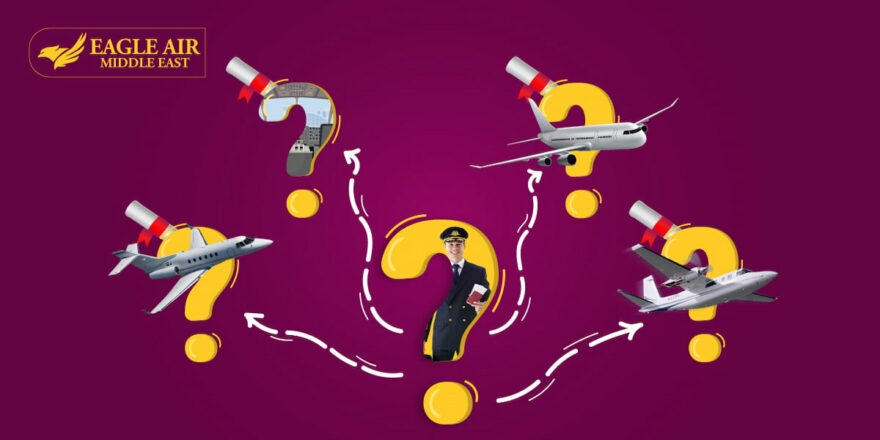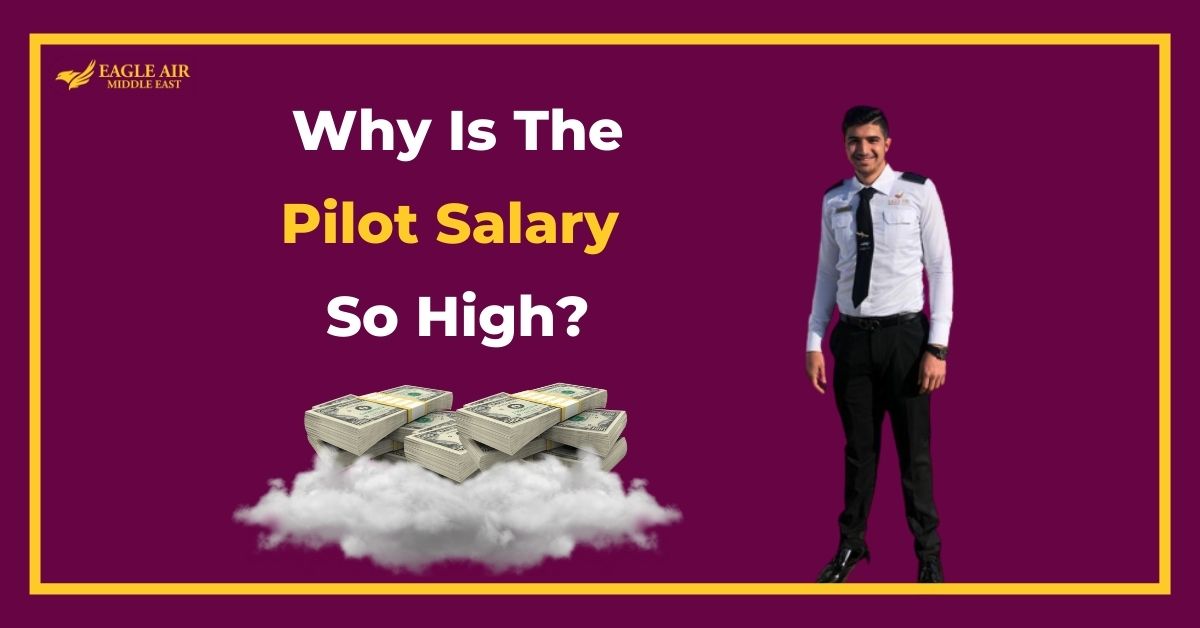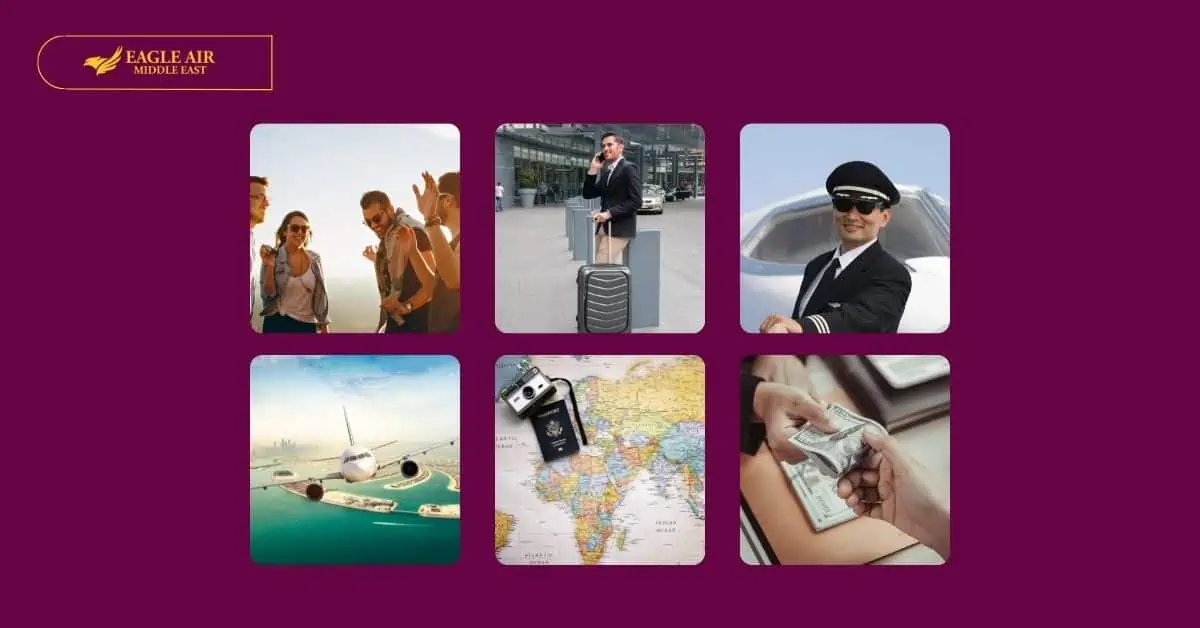There is a lot of misinformation about the aviation industry on the internet and needing a four-year college degree to become a pilot is one of them.
A college degree is crucial when you are trying to be a doctor or an anthropologist, but if your dream is to be a pilot, uni isn’t a must. Some might argue that, sure, you don’t need a four-year degree, but you still need to learn about aviation and a college is better than an aviation academy/training.
Well, that’s not true, because there is a huge difference between sitting in a classroom learning how to fly a plane for 4 years and actually flying that plane, and that is what an aviation academy offers that a 4-year college does not.
Now, what do you really need?
Before you start signing up for training and certifications, the first thing you need is a Class 1 Medical License and an understanding of mathematics, English and science.
Then you start the process of acquiring the needed license through an aviation academy. There are a number of qualifications that you need to have before you can work as a pilot, and they need to be taken in order so you can fully understand and fathom each program.
PPL (Private Pilot License):
This is your first step to become a pilot since it provides you with the basic skills and foundational knowledge for any future pilot training. Students learn basic, but essential aerodynamics and FAA regulations, and learn all about aircraft weight balance and aircraft performance. Students also get flight training in the PPL, which includes aircraft maneuvers and procedures required for your solo flight; you will also carry on a daytime cross-country flight.
With this primary license, you can fly day and night -in visual flight conditions- solo if you are above 16 with some friends or family members. However, you cannot be hired or paid any sort of compensation, but you can divide the operating expenses with your passengers.
To qualify for this license you must:
- Be at least 16 or older to fly solo.
- Be 17 years old to receive your private pilot license.
- Speak, read, write, and understand English.
- Obtain a third-class medical license.
- Perform basic math: adding, subtracting, multiplying, and dividing.
IFR (Instrument Flight Rating):
An instrument training is the logical and smart next step after acquiring your PPL if you are planning to pursue a career as a commercial/airline pilot since almost all airlines require it. Through this training you will learn:
- How each and every instrument in your aircraft works, e.g. airspeed and attitude indicator, altimeter, and rate of turn indicator.
- How to read instrument flight rules (IFR) charts and identify minimum en route altitude (MEA).
- The ability to read back an IFR clearance to recite your route, departure frequencies, altitude, and transponder setting.
- When to start an approach or arrival and how to meet crossing restrictions.
- How to brief an approach.
- How to read minimum reception altitude (MRA), missing crossing altitude (MCA), and minimum obstruction clearance altitude; you should also be able to explain the difference between these altitudes.
- How to identify disorientation illusions and landing illusions.
- How to utilize standard procedures for lost communications if you lose your radios (lost comm procedures).
- How to fly a DME Arc and holding pattern.
The IRS requirements are:
- Hold at least a private pilot license.
- Be able to speak English.
- Pass the required practical test.
Multi-Engine license:
This license is your chance to fly what most pilots call a real plane; it has more than one engine. These types of airplanes are fast, have high-performance rates, and are mostly stacked for instrument flying.
Flying these types of planes needs a special license since they are bigger than most planes and have a more complex operating system. The most prominent difference between a single-engine and a multi-engine is the increase in wingspan; this is why a more experienced pilot needs to be responsible for it and with great responsibility comes a great salary!
To apply for this license you need to:
- A valid 1st or 3rd Class Medical License.
- Be in possession of a Private Pilot License (PPL) or Commercial Pilot License (CPL).
- At least 18 years old.
CPL (Commercial Pilot License):
If you want to make your dreams come true and get some big checks while doing so, commercial airlines are the place for you. They offer their pilots various benefits in addition to a very generous pay and one of their requirements is having a CPL.
The training consists of several modules, which is why it’s accompanied by the word Modular, and the program lasts for approximately 2.5-3 years according to the capabilities of each student. On the bright side, you can eliminate the modules you’ve already done, which might cut-off from the time of the training.
CPL is one of the most flexible licenses, so working or studying on the side won’t be a problem and it is more than just a flexible program, the CPL offers you some breathing room when it comes to finances. You don’t need to finish all the modules at the same time, which allows you to divide the total sum of the training into multiple installments.
The license offers you all the theoretical training you need e.g. Flight principles,
Aircraft performances, General aircraft knowledge, etc., and flight training which consists of:
- 10 flight hours in a single-engine aircraft.
- 10 flight hours of the basic instrument flight module.
- 5 night flight hours (night VFR).
- 5 hours of multi-engine flight.
Be careful though! You cannot sign up for your CPL without your PPL (Private pilot license).
IFR and the CPL combined together are called the ‘frozen ATPL’ and with a frozen ATPL, you can work as a first officer or a co-pilot, and later on, if you want to ‘unfreeze’ your ATPL, all you need is 1,500 flight hours which qualify you to become a captain.



